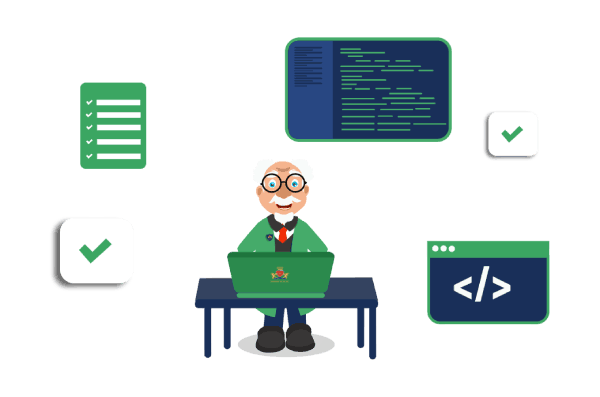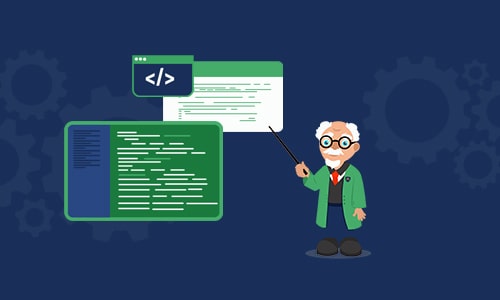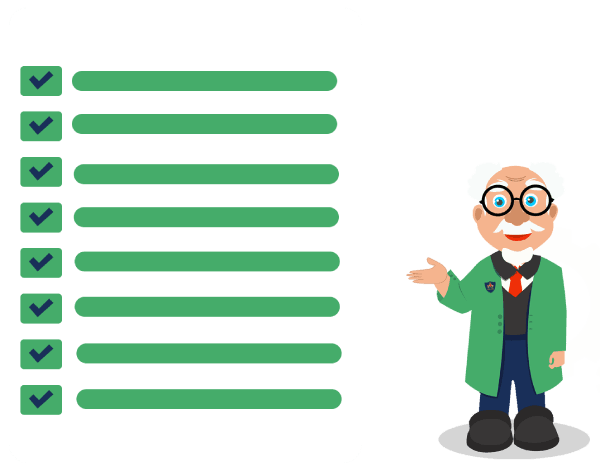npm: The Node Package Manager (npm) is practically a required tool for all web developers these days. Even if you’re not doing Node.js development, npm is the primary tool used to install thousands of client-side web development packages–including Angular. The entirety of Angular is spread across multiple npm packages and it’s very likely you will eventually have a need to install other useful, non-Angular packages as well. Therefore, knowing how to install what you need when you need it is valuable.
Angular CLI: The first Angular package you should install with npm is the Angular CLI (Command Line Interface). Although it’s certainly possible to install Angular packages individually and write all the code by hand to configure your new app, the CLI makes that process much easier and ensures that your app will adhere to accepted best practices.
React (Optional) (also known as React. js or ReactJS) is a free and open-source front-end JavaScript library for building user interfaces based on UI components. It is maintained by Meta (formerly Facebook) and a community of individual developers and companies.
HTML and CSS: Frameworks like Angular don’t eliminate the need for a thorough knowledge of the most fundamental web development technologies. Angular provides the building blocks you need to build fast, functional apps, but those apps still must be rendered in a browser and that means building user interfaces with HTML and CSS. Angular Material and other style libraries are great at helping you quickly deliver beautiful apps, but you need to know how and where to tweak things to achieve the precise look you’re trying to deliver. Frameworks come and go, but fundamentals like HTML and CSS are forever!
Angular: This one is obvious, right? You can’t be a good Angular developer without a solid understanding of the Angular framework itself.
Angular is a large framework and it will take some time to learn all the different parts and how they fit together. However, the good news is you don’t need to know everything to get started building useful applications.
Just about every Angular application will need forms, modules, components and services. Learn how to add and connect these pieces and you’ll have the skills necessary to build full-featured production applications. You’ll also have a solid foundation for continued learning and the implementation of increasingly sophisticated solutions.
TypeScript: Client-side web applications have traditionally been written with JavaScript. TypeScript is a superset of JavaScript that includes support for strong typing. Angular is written in TypeScript. It’s the recommended language for creating apps with Angular.
RxJS: RxJS is a library for reactive programming with observable streams. It exists independent of Angular but is bundled with the framework and used for many common tasks such as making HTTP requests for data. Angular uses observables and the other features of RxJS to provide a consistent API for performing asynchronous tasks.
Git: Building even simple applications without source control is a risky way to work. Just as TypeScript lets you refactor your code with confidence, Git lets you experiment with new application features and coding techniques with confidence. Knowing you can quickly and easily use your Git repository to return to a previous (working!) version of your code gives you the freedom to test out crazy ideas or build a proof of concept your users may find helpful. Software is always evolving. Using Git helps you evolve your apps safely with no fear of losing work or breaking existing functionality.











